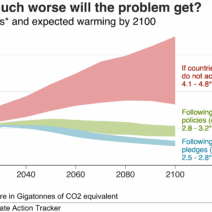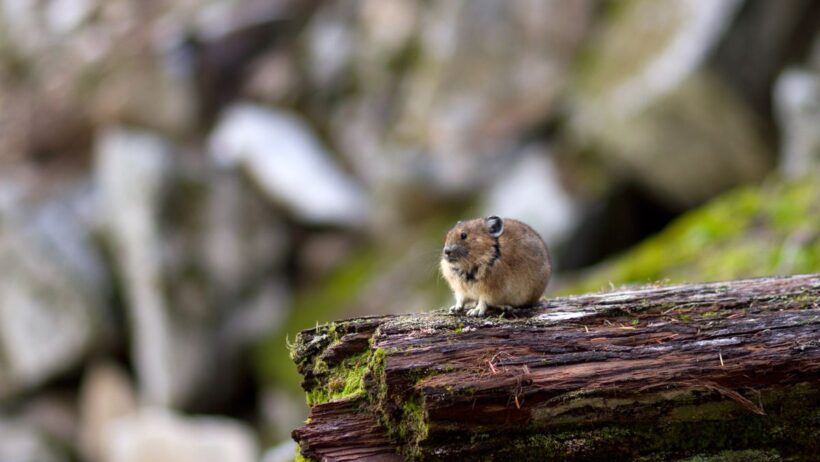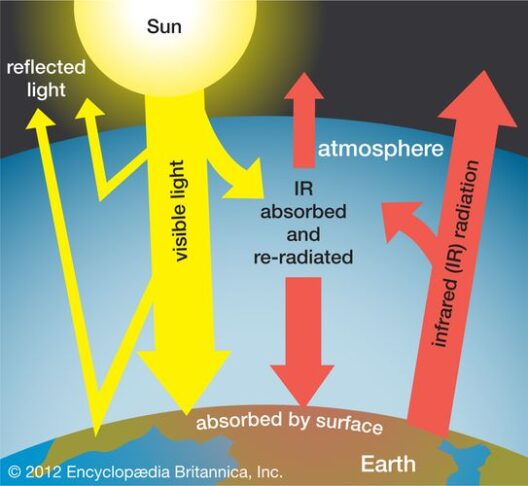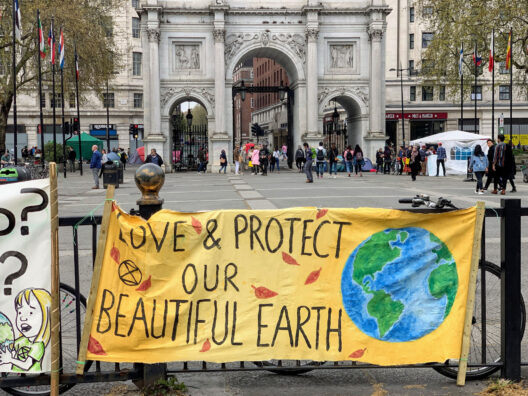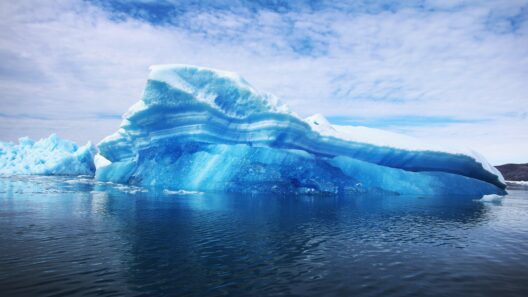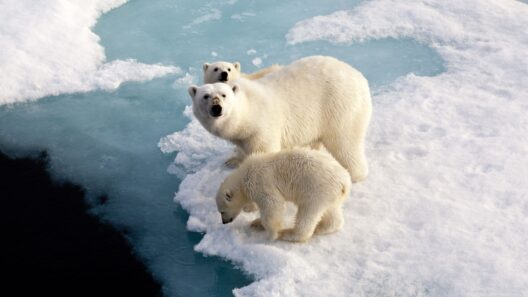As the planet warms, wildlife encounters an array of challenges that threaten their habitats and survival. However, many species have exhibited remarkable resilience, evolving and adapting to new climates and ecosystems. This article explores some of the strategies animals employ to cope with the trials posed by global warming, illustrating the intricate dance between adaptation and survival.
In the midst of anguish over climate change, there lies a profound fascination with the adaptive capabilities of wildlife. How do these creatures survive in fluctuating environments? By examining such adaptations, we gain insights not only into their struggles but also into the intricate interdependencies within our ecosystems.
From physiological adjustments to behavioral changes, animals are finding ways to thrive amidst environmental shifts. This informative overview delves into the resilience of several species, showcasing their innovative adaptations that offer hope for the future.
Understanding Adaptation: The Science Behind Resilience
Adaptation is a fundamental concept in evolution, referring to the process by which species adjust to their environments over generations. This capability is not merely a reaction to immediate pressures but rather a complex interaction involving genetic variability, environmental stimuli, and survival tactics.
When faced with the harrowing effects of global warming, many animals undergo profound physiological changes. These changes can be as subtle as altered coloration or as dramatic as modifications in breeding patterns or migratory behaviors. For instance, some bird species are shifting their migratory routes and timings to adjust to earlier springs. As temperatures rise, insects emerge earlier in the year, prompting birds to adapt their lifecycle to synchronize with these changes.
Remarkably, species are also navigating new habitats. The shifting of ecosystems has led to novel interactions. Take the case of the California sea otter, which is moving toward cooler waters as ocean temperatures increase. Such migration necessitates the adjustment of feeding patterns and social structures, underscoring the complexities involved in wildlife adaptation.
Physiological Marvel: The Art of Survival
Biodiversity is a treasure trove of adaptive traits. For example, one striking manifestation of adaptation can be observed in the polar bear. As sea ice continues to recede, these majestic mammals are evolving their foraging habits and hunting techniques in response to dwindling seal populations. Some researchers have documented changes in their hunting behavior, indicating a growing inclination to cover more extensive distances in search of food sources.
Furthermore, among the flora and fauna of the African savanna, we witness the remarkable resilience of the African elephant. With the encroachment of drought conditions, elephants have started migrating towards areas that were previously considered unsuitable. Their ability to remember distant water hole locations illustrates behavioral adaptation driven by necessity, a testament to their intelligence and survival instinct.
Equally fascinating are species known as “phenotypic plasticity” adaptors, such as certain amphibians that can modify their physical traits in response to changing environments. This type of adaptability can involve altering skin color or even developing new reproductive strategies. These remarkable skills enable them to thrive in fluctuating ecosystems, often outpacing species that are slower to evolve.
Behavioral Strategies: The Power of Flexibility
Behavioral adaptations serve as an immediate response to climate change, allowing species to navigate altered landscapes and resources. For instance, the Arctic fox has been observed moving its denning sites in response to melting permafrost. This flexibility not only helps them maintain a suitable habitat but also plays a crucial role in their reproductive success.
Moreover, animal communication is undergoing transformations. Many species are adjusting their vocalizations to compete with the increased background noise of urban areas, a phenomenon commonly referred to as the “urban noise problem.” Birds like the great tit have adapted their song frequencies to be heard over the cacophony of human-made sounds, underscoring an impressive example of adaptability in communication. This phenomenon illustrates that adaptability extends beyond physical changes—it encompasses behavioral modifications that enable survival in ever-evolving environments.
Yet, not all adaptations are purely beneficial. Some behavioral changes may lead to maladaptive outcomes. For example, certain fish species exhibit behavioral shifts towards warmer waters, only to find themselves exposed to predation and competition in unfamiliar territories. These complexities highlight the dual-edged sword of adaptability; while some modifications can be advantageous, others may inadvertently lead to ecological imbalances.
The Imperative of Conservation: A Call to Action
While many species exhibit remarkable resilience in the face of climate change, we must acknowledge the precariousness of these adaptations. Conservation efforts are critical to ensure that wildlife can continue to thrive amidst rapidly changing conditions. Protecting natural habitats, implementing sustainable practices, and supporting biodiversity not only safeguard individual species but also bolster entire ecosystems.
Climate change is not merely an endpoint; it is a dynamic process inviting a thorough examination of how life on Earth can adapt. The stories of resilience in wildlife offer reminders of the intricate interplay between species and their environments. It is our responsibility to foster ecosystems where these adaptations can flourish. As stewards of the planet, we must advocate for policies and practices that reflect our dedication to preserving the delicate balance of life, ensuring a future where wildlife can continue to captivate and inspire.
In conclusion, the capacity of animals to adapt to global warming is an extraordinary testament to the resilience of life. From physiological changes to innovative behavioral strategies, these adaptations underscore the complexity of nature’s response to climate change. We must approach this challenge with awareness and urgency, supporting conservation initiatives that ensure future generations of wildlife can thrive in their habitats. The survival of these species is intertwined with the fabric of the planet, reminding us that every action taken today shapes the ecological legacy of tomorrow.
